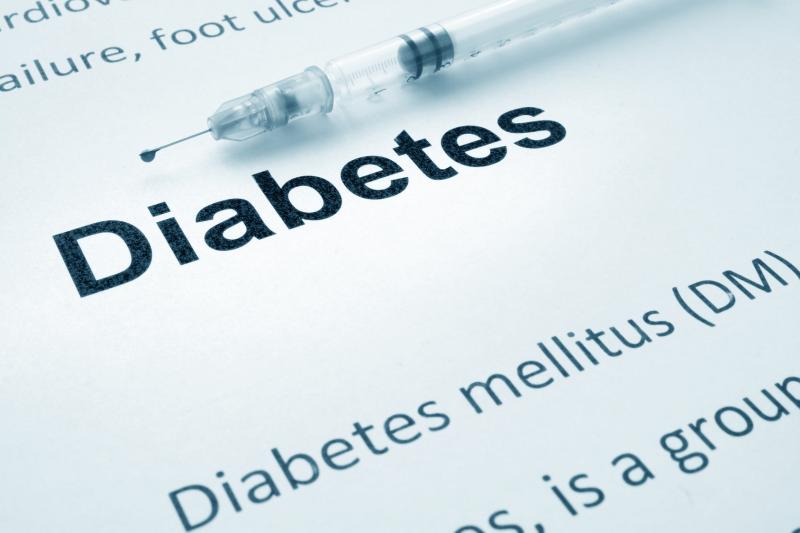
Duodenal mucosal resurfacing (DMR) proves to be a feasible and safe endoscopic procedure in type 2 diabetes (T2D) patients with suboptimal response to oral glucose-lowering medications, conferring durable improvements in glycaemic parameters and liver transaminase levels, as shown in a study.
“DMR can elicit clinically relevant improvement in glycaemic control without the anatomical disruption seen in bariatric surgery. Absolute mean HbA1c at 24 weeks and 12 months was 10 mmol/mol (0.9 percent) lower compared with baseline. This improvement is comparable with that seen in studies adding additional pharmacological agents at this stage of diabetes management,” the investigators said.
In the current open-label study, a total of 46 T2D patients (body mass index, 24–40 kg/m2; HbA1c, 59–86 mmol/mol [7.5–10.0 percent]) underwent DMR. All patients were on oral glucose-lowering medication, which was maintained for at least 24 weeks after the procedure.
DMR was completed in 37 patients (80 percent) within a mean of 82 minutes. Reasons for incomplete procedure included catheter failure (n=4; 9 percent), a difficult procedure in terms of tracking and positioning the catheter (n=3; 7 percent), duodenal tortuosity (n=1; 2 percent), or inadequate lifting (n=1; 2 percent). Mean duration of hospitalization after DMR was 0.78 day. [Gut 2019;doi:10.1136/gutjnl-2019-318349]
There were 54 DMR-related adverse events (AEs) documented in 24 patients (52 percent), with 81 percent of these events being mild in severity. There was one procedure-related serious AE reported concerning a patient with general malaise, mild fever (38° C) and increased C-reactive protein (CRP) level on the first day after DMR; the fever resolved within 24 hours, and CRP level normalized within 3 days. None of the patients developed unanticipated AEs.
In terms of efficacy, DMR produced improvements in HbA1c (−10 mmol/mol [−0.9 percent]; p<0.001), fasting plasma glucose (−1.7 mmol/L; p<0.001), Homeostatic Model Assessment for Insulin Resistance (−2.9; p<0.001), weight (−2.5 kg; p<0.001) and hepatic transaminase levels at week 24 after the procedure. These beneficial effects persisted at 12 months. Notably, the change in HbA1c did not correlate with weight loss.
Meanwhile, Diabetes Treatment Satisfaction Questionnaires scores increased by 11.8 at 24 weeks and by 12.7 at 12 months, pointing to a large and clinically relevant increase in diabetes treatment satisfaction.
“The duodenum has become a metabolic treatment target through bariatric surgery learnings and the specific observation that bypassing, excluding or altering duodenal nutrient exposure elicits favourable metabolic changes,” the investigators noted.
A novel endoscopic procedure that involves catheter-based circumferential mucosal lifting followed by hydrothermal ablation of duodenal mucosa, DMR may have a role as adjuvant or alternative approach to pharmacological treatment in the contemporary diabetes treatment spectrum, according to the investigators.
The present data form “the requisite solid foundation for further research, and controlled studies are currently under way,” they added.